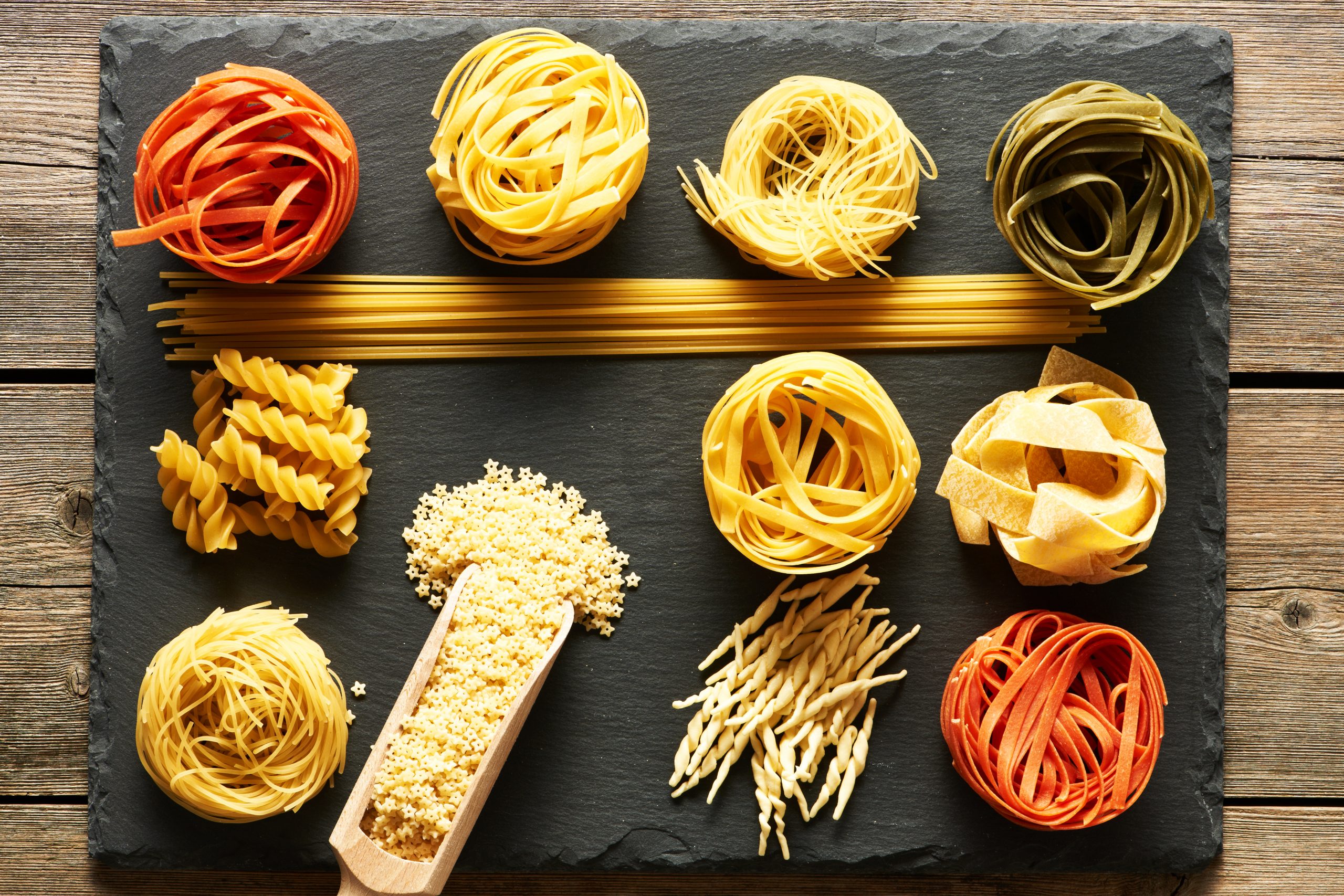Pasta is of Arabic origin! Al-Idrisi first to mention it in his manuscripts
المعكرونة أصلها عربي! والإدريسي أول من ذكرها في مخطوطاته
Arabic Post – WGOQatar Translations
Pasta, especially spaghetti, may be one of the most famous meals in the world, having been able to enter most cultures and has become very popular not only for its easy preparation and nutritional value, but also for the variety of ways in which it can be prepared using countless ingredients, additives and spices.
Although Italy is the most famous place in making pasta, spaghetti and recipes, you may be surprised to be told that it is thanks to the Arabs for inventing this delicious meal.
Come with us on a historic journey to learn about the history of spaghetti, the first to use it and how it has gained international fame.
Pasta dates back to BC and it is of Arabic origin!
When we hear the word “spaghetti” or “pasta”, the first thing that comes to mind is a stylish restaurant on one of Italy’s beautiful streets and we certainly can’t deny that Italy is now the most famous with delicious spaghetti dishes, but what about the past?
In fact, pasta meals date back to the first century BC and have deep origins in eastern Mediterranean countries such as Greece and many parts of the Middle East and the Arabian Peninsula when sheets of dough were used between layers of meat.
According to historians’ records, the direct origin of Italian pasta came from the Arabic meal “itriyya”, which Greeks often described as “dry pasta”.
This long-lasting meal has been one of the main sources of nutrition for Arab traders who have travelled around the world and Europe.
Because of their military expansions, the Arabs arrived in Sicily and occupied it in the 7th century AD, and the first spread of pasta was recorded in Italy at the time. Their pasta recipes then spread among the lower Sicilian layer and began to experiment in different ways.
The oldest documented mention of pasta in the Idrisi manuscripts
Reference notes that the first historical evidence mentioning “spaghetti” is 12th-century manuscripts in Sicily, mentioned by the Muslim historian Mohamed Idrisi as one of King Roger II’s favorite choices, pasta sheets were part of European tradition at the time.
These written records proved that pasta was common at the time when Arabs came to Italy, refuting the widespread belief that Marco Polo was the first to bring pasta to Italy from his trips to China, which occurred 500 years after the Arabs entered Italy.
عربي بوست
قد تكون المعكرونة، خاصةً السباغيتي، إحدى الوجبات الأكثر شهرة في العالم، فقد تمكنت من الدخول إلى معظم الثقافات وأصبحت مشهورة للغاية ليس فقط لسهولة تحضيرها وقيمتها الغذائية، ولكن لتنوُّع الطرق التي يمكن تحضيرها بها باستخدام مكونات وإضافات وتوابل لا حصر لها.
ورغم أن إيطاليا تستحوذ على المركز الأكثر شهرة في صنع المعكرونة والسباغيتي ووصفاتها، فإنك قد تفاجأ عندما نخبرك بأن الفضل يعود للعرب في اختراع هذه الوجبة اللذيذة.
تعالَ معنا في رحلة تاريخية؛ لنتعرف على تاريخ السباغيتي وأول من استخدمها وكيف اكتسبت شهرتها العالمية.
المعكرونة تعود إلى ما قبل الميلاد وأصلها عربي!
عند سماعنا كلمة “سباغيتي” أو “باستا” فإن أول ما يخطر ببالنا هو مطعم أنيق في أحد شوارع إيطاليا الجميلة. وبالتأكيد لا نستطيع إنكار أن إيطاليا الآن هي الأشهر بأطباق السباغيتي اللذيذة، لكن ماذا عن الماضي؟
في الحقيقة، يعود تاريخ وجبات المعكرونة إلى القرن الأول قبل الميلاد وله أصول عميقة في دول شرق البحر الأبيض المتوسط مثل اليونان والعديد من مناطق الشرق الأوسط وشبه الجزيرة العربية عندما كانت تُستخدم صفائح من العجين بين طبقات اللحم.
وبحسب سجلات المؤرخين، فإن الأصل المباشر للمعكرونة الإيطالية جاء من الوجبة العربية المسماة “itriyya” (الإطرية) التي غالباً ما وصفها اليونانيون بـ”المعكرونة الجافة”.
كانت هذه الوجبة طويلةُ الأمد أحد المصادر الرئيسية لتغذية التجار العرب الذين سافروا في جميع أنحاء العالم وأوروبا.
وبسبب التوسعات العسكرية التي كانوا يقومون بها، وصل العرب إلى صقلية واحتلوها في القرن السابع الميلادي، وتم تسجيل أول انتشار للمعكرونة في إيطاليا حينها. وانتشرت بعد ذلك وصفاتهم لوجبات المعكرونة بين الطبقة الصقليَّة الدنيا وبدؤوا بتجربتها بطرق مختلفة.
أقدم ذكر موثق للمعكرونة في مخطوطات الإدريسي
يشير موقع Reference إلى أن أول الأدلة التاريخية التي تذكر “السباغيتي” مخطوطات تعود للقرن الثاني عشر في صقلية، حيث ذكرها المؤرخ المسلم محمد الإدريسي كأحد الاختيارات المفضلة للملك روجر الثاني، فقد كانت صفائح المعكرونة جزءاً من التقاليد الأوروبية في ذلك الوقت.
لقد أثبتت هذه السجلات المكتوبة أن المعكرونة كانت شائعة في تلك الفترة التي قدم فيها العرب إلى إيطاليا، لتدحض الاعتقاد السائد بأن ماركو بولو كان أول من جلب المعكرونة إلى إيطاليا من رحلاته إلى الصين، التي حصلت بعد 500 عام من دخول العرب لإيطاليا.




